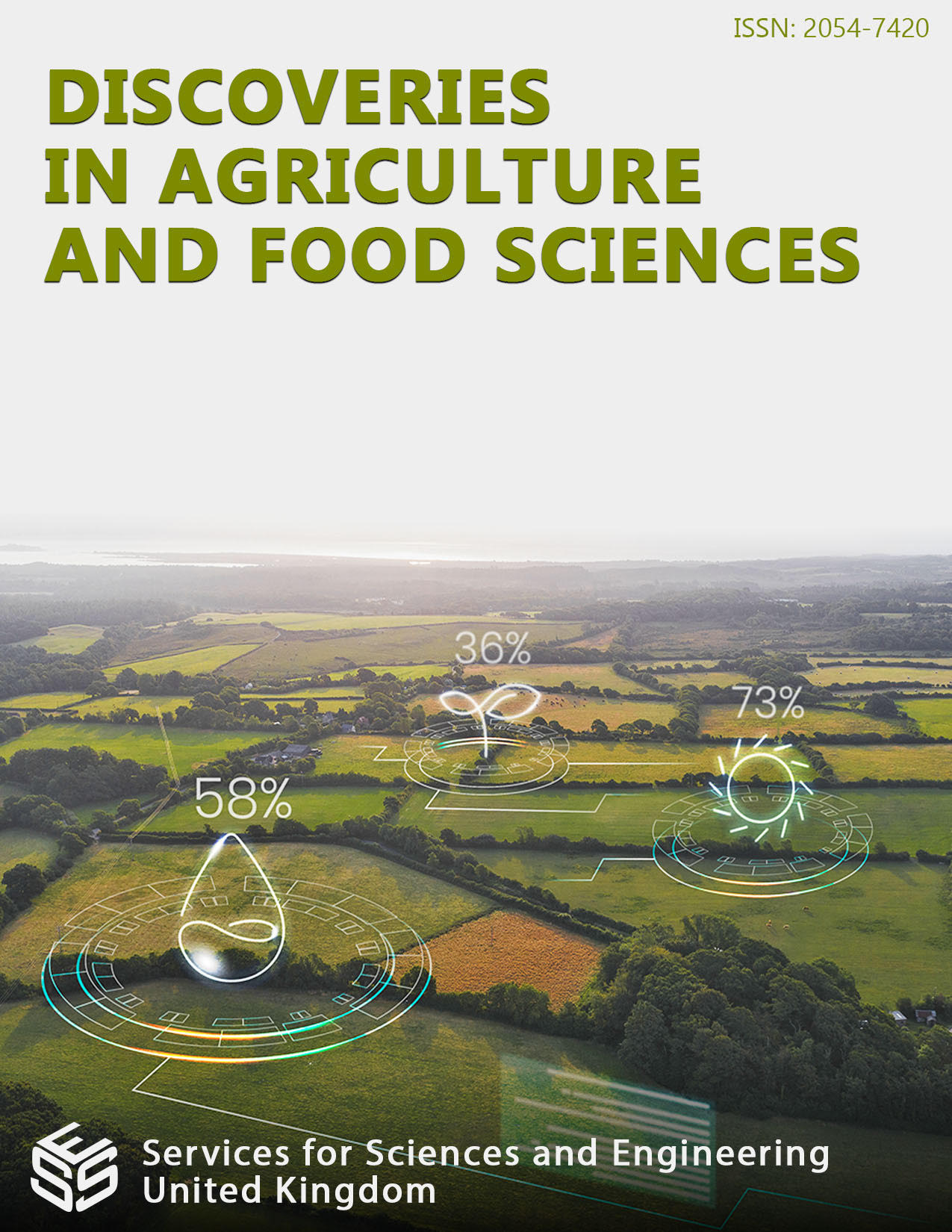Why Millet, Quinoa, and Amaranth Should Be Considered the Grains of the Future?
DOI:
https://doi.org/10.14738/tnc.124.17449Keywords:
Ancients’ grains, sustainability, nutrition quality, climate changes, alert for the futureAbstract
The consequences of climate change on the performance of grain and cereal crops are profound and multifaceted, affecting crop yields, nutritional quality, and food security. The impacts are particularly severe for vulnerable populations, exacerbating hunger, malnutrition, and socio-economic challenges. Addressing these challenges requires a comprehensive approach, including investment in climate-resilient agricultural practices, improved infrastructure, and effective policies to support food security and sustainable development. By understanding and mitigating the impacts of climate change on agriculture, we can work towards a more secure and sustainable future for global food systems. The increasing demand for sustainable, nutritious, and resilient food sources is steering global attention towards ancient grains. Millet (Pennisetum glaucum), quinoa (Chenopodium quinoa), and amaranth (Amaranthus spp), often termed "super grains," offer unique advantages that make them prime candidates for addressing future food security. This dissertation explores the nutritional, agricultural, environmental, and economic aspects of millet, quinoa, and amaranth, highlighting why they should be considered the grains of the future.
Downloads
Published
How to Cite
Issue
Section
License
Copyright (c) 2024 Paloma De Souza Silva, José Luis Ramírez Ascheri, Diego Palmiro Ramírez Ascheri, Arturo Meléndez Arévalo, Ronel Joel Bazán Colque, Erika Madeira Moreira da Silva

This work is licensed under a Creative Commons Attribution 4.0 International License.






